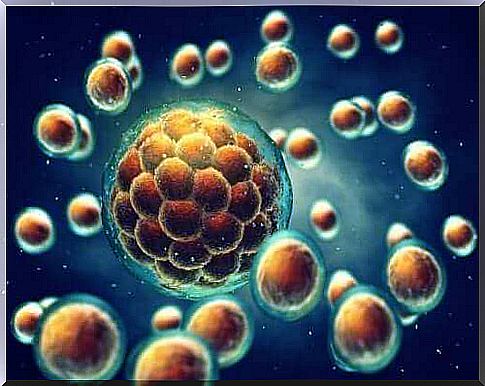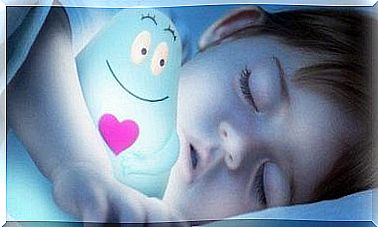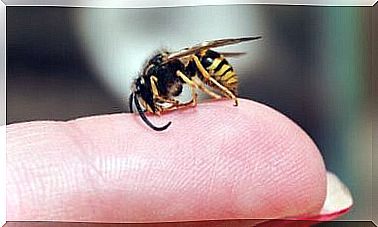Preservation Of Stem Cells And Umbilical Cord

If you keep reading, it’s because you agree with us that it’s important to be informed in order to make a good choice. Today’s informative article will help you answer questions about stem cell and umbilical cord preservation.
What is stem cell and umbilical cord preservation?
Stem cells are the first cells to form an organism. They are said to be totipotent as they are capable of producing the rest of the cell lines with special features. Furthermore, they can also give rise to more stem cells. What is it that makes them so special?
Characteristics of stem cells
The characteristics of stem cells make them the main focus of current studies. This is especially the case with studies in the field of gene therapy and knowledge of human development. At the same time, we can summarize these defining characteristics in three main points:
- They have the ability to share and renew themselves and create daughter cells.
- They can differentiate and mature and create specialized cells such as neurons, erythrocytes…
- Stem cells can be cultured in a laboratory to obtain stem cell lines.
Stem cells are actually used as a source of progenitor cells. They come from an original stem cell and cannot differentiate. Usually they are free of congenital defects and they are generally used in both gene therapy as well as studies and research.
What types of progenitor cells are there?
The miracle of life has its origin in a single cell. At the moment after fertilization, this embryo holds all the information necessary for the development of an entire organism in its interior. After 24 hours , the zygote cell remains clean and is able to produce a complete embryo. This is what qualifies these cells as totipotent.
After 7 days after fertilization – according to the progress of embryo development – stem cells differentiate, mature and lose this capacity. They can still produce any kind of cell line, but not a complete embryo.
The governing genes of this capacity have now been suppressed. As a result, these differentiated stem cells are known as “pluripotent” or embryonic.
Where do stem cells come from?
At present, research has revealed two sources of progenitor cells. The first is embryos in their early stages, which is where we obtain embryonic stem cells. The second source of stem cells is the adult organism. So, what’s the difference?
Embryonic stem cells
Embryonic stem cells can be obtained between the 4th and 7th day. Generally , they come from a surplus generated in in vitro fertility treatments. This practice is a source of much controversy as it involves the destruction of a healthy and functioning embryo. In rare cases, they can be obtained from aborted embryos or from carcinomas, which are a form of fetal tumor.
These stem cells are for great therapeutic use. As we have mentioned above, it is pluripotent cells that are capable of producing any type of cell. They are useful in therapies that involve regeneration of tissues or organs.
Until now, the orientation of the process of cellular differentiation toward the desired cell type is still complicated. Therefore , these treatments are still under investigation.
Adult stem cells
Although in very small amounts, we can find adult stem cells in almost every tissue of the body. Most studies and treatments concentrate on obtaining progenitor cells from bone marrow because of its availability.
The problem with this type of cells is their degree of maturity. They have lost their ability to generate any type of cell, and are now “multipotential”.
Recent studies conducted by Dr. Catherine Verfaillie, a professor and director of the Stem Cell Institute at the University of Minnesota, reveal new information. The studies indicate that these multipotential cells are not only capable of producing blood cells but also brain and heart cells.
Her team has managed to produce brain cells from mesenchymal stem cells cultured in a laboratory. This evidence indicates that adult stem cells may be more plastic than they appear to be.
So what is stem cell preservation from the umbilical cord about?
Thanks to studies like that of Dr. Verfaille , researchers have been able to find special progenitor cells in the umbilical cord blood. Mesenchymal stem cells, even as adult cells, retain their ability to produce particular cell types.
The use of our own cells opens the door to regenerative medicine. In other words, the ability to replace diseased cells with healthy ones while avoiding the risk of rejection.
This application is of crucial importance for patients with leukemia. However, a great deal of further research is needed to maximize the benefits of future medical treatments.
What options are there when it comes to preserving stem cells and umbilical cord?
At present, there are several options available for preserving the umbilical cord. For example, parents can donate the blood from their baby’s umbilical cord and placenta to a public blood bank. The medical community encourages donating stem cells in this way, making their use possible in research and gene therapy.
There are private blood banks that offer their users cryopreservation of the umbilical cord. The stem cells herein serve as a potential security guard for the family in the future.
However, this procedure may involve a high cost for families without a clear indication of their actual use.
Experts actually say that preservation for personal use should be limited. When patients with leukemia want to store their own stem cells, there is a high risk that these cells contain the same cancer-causing gene defects. Of course , the possibility of finding compatibility between siblings always exists.









